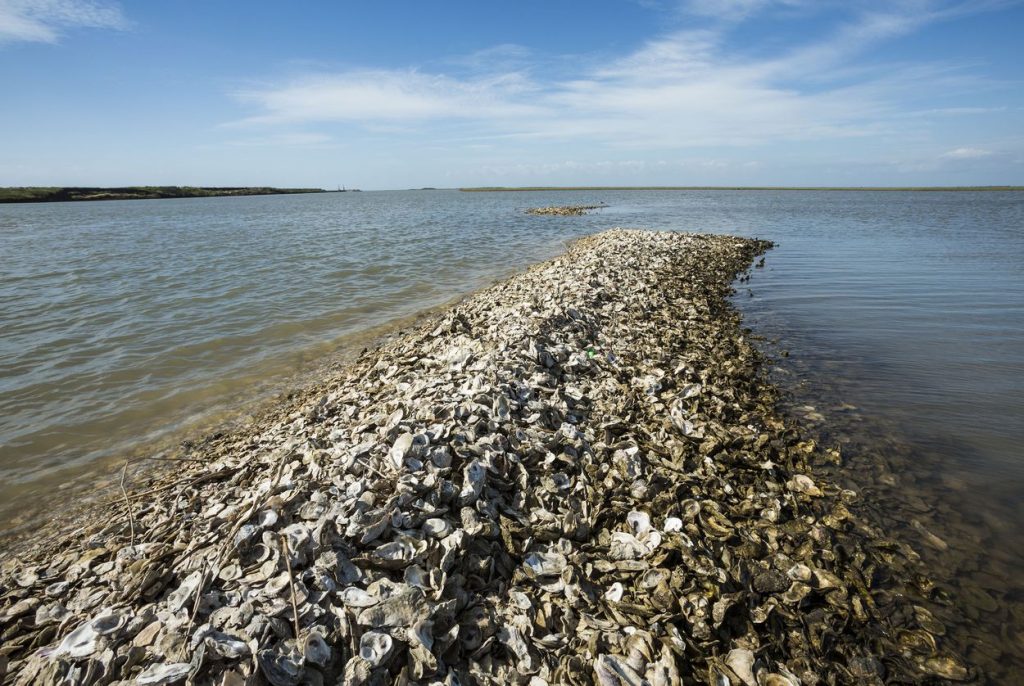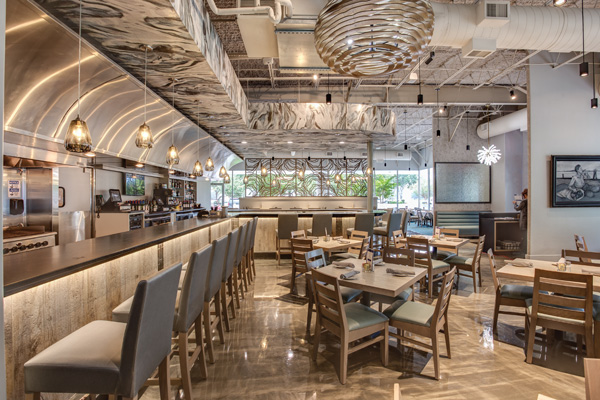By: Stacy Frank, Steve Gittings, Alexander Fogg, James Hart
Lionfish are one of the most destructive invasive aquatic species in history. A frilly, cut-throat invader. Native to the Indo-Pacific they have been damaging reef ecosystems off the east coast of the US, Bermuda, the entire Caribbean Region and the Gulf of Mexico for over 30 years, largely unchecked and unchallenged. You have likely seen them in home or restaurant aquariums. In the mid 1980s, two nearly identical species of lionfish (Pterois miles and P. volitans) were introduced to the Atlantic off the southeast coast of Florida, most likely released by their owners from aquaria. Starting around 2000, lionfish populations exploded. Click this link for more information: https://www.usgs.gov/centers/wetland-and-aquatic-research- center-warc/science/lionfish-distribution-geographic-spread?qt-science_center_objects=0#qt-science_center_objects. And at https://www.lionfishuniversity.org.
Below is a map of the distribution of invasive lionfish in the Northwest Atlantic Ocean as of January 2020 (courtesy of Amy Benson and Dr. Pamela Schofield of the USGS).
In the early 1990’s the first invasive lionfish was sighted in the Mediterranean, likely originating from the Red Sea and entering through the Suez Canal. Populations of lionfish have showed a marked increase in that region. Many Mediterranean countries prohibit spearing activities, including spearing invasive lionfish, but that is starting to change, much like it did in the western Atlantic when people realized that we had to confront the threat head on. The Mediterranean may represent a whole new destructive chapter of this invasion.
Every year thousands of species are introduced to non-native locations all over the world. So how has the perfect storm developed that has allowed lionfish to be so destructive in the wrong oceans? Adult lionfish mature within the first year of life and can grow to over 18 inches. They are slow moving and don’t scare easily and rely on their 18 venomous spines to keep predators away.
While there are numerous native species that have been reported to consume lionfish, it is not in high enough numbers to control the population. It’s not known exactly what keeps their populations in check in their native range, but groupers, sharks and moray eels have all been seen eating lionfish. Additionally, although lionfish are susceptible to diseases and parasites in their invaded range, the effects on the population are unknown.
Lionfish mature quickly and adapt to a large range of conditions (temperature, salinity, depth, habitat). An average sized female lionfish can produce an average of 25,000 eggs every 2.5 days which is more than 2 million eggs per year!
The impact of the lionfish invasion can be devastating. In heavily invaded areas lionfish reach densities of 200 adults per acre. They are not particular when it comes to food choices, and they are gluttons. They can reduce native fish populations by more than 90%. They are the buffet busters of the reefs at an all you can eat buffet. Lionfish stomachs can expand about 30 times normal size and they can swallow prey up to 2/3 their size. Below is a photo of the stomach contents of one invasive lionfish.
Lionfish prey include recreationally and commercially important species of fish such as juvenile snapper and grouper. They also compete with these same species of fish for food, which can result in significant impacts to local fisheries. Lionfish also eat herbivorous fish, which are vital to reef health because they keep algae in check. As lionfish populations grow, the degraded reefs become more susceptible to the effects of overfishing, disease, pollution and climate change. See National Oceanic and Atmospheric Administration (NOAA) Fisheries Impacts of Invasive Lionfish (Feb 9, 2018) for more information. https://www.fisheries.noaa.gov/feature-story/impacts-invasive-lionfish
So, what’s being done to control them? Currently, spearing is the most effective method of lionfish removal. Every lionfish speared can save thousands of native fish!
In addition to spearing, specialized traps are being developed to help harvest lionfish beyond diver depths (generally below 150 ft). Lionfish University is working with the trap’s designer, Dr. Steve Gittings, Chief Scientist for NOAA’s Marine Sanctuary System, as well as Coast Watch Alliance and Florida Fish and Wildlife Conservation Commission to help fund and execute the lionfish trap research. The traps work because lionfish are highly attracted to structure and tend to stay put. So, the traps stay open on the ocean bottom, with only a sheet of plastic lattice rising from the center of the trap, and nothing is actually trapped until the minute it is pulled up: native reef fish just swim out, but lionfish hunker down around the plastic sheet and don’t leave. This results in almost no by-catch of native species and no ghost fishing should the trap be lost. The results have been very encouraging and several groups throughout the invaded region have been testing the traps and giving feedback on how to improve them. Here is a link https://sanctuaries.noaa.gov/lionfish/ that shows how to build your own lionfish trap, along with great informational resources. Build one, test it, and let us know how to improve it. Note that specialized permits may be necessary to test these traps in your area.
So, what is the silver lining? Lionfish taste delicious and are nutritious. You can eat up and know you are helping to save the reefs while enjoying their light, buttery flavor and flakey texture. Many Whole Foods Markets as far west as Austin, Texas carry this delicious invader. They are high in Omega-3 fatty acids, low in mercury and provide a source of income for fishers who cull them with spears.
Besides their delectable food value, there are groups who have created successful business ventures surrounding the lionfish invasion including jewelry (http://lionfishcaribbean.com/lionfish-jewelry), art creations (https://kindledarts.com/shop/products/jIEs0DSac), clothing (https://lionfishuniversity.org/product/lionfish-eliminator-performance-long-sleeve-shirts/), and lionfish culling equipment (https://lionfishuniversity.org/product/zookeeper-lcu14/, http://www.lionatorpolespears.com). Despite their venomous spines, their meat is not poisonous and once the spines are clipped off, you can handle and cook them like any other white fish. See this link for a great lionfish cookbook: https://smile.amazon.com/dp/1457558521/ref=cm_sw_em_r_mt_dp_U_PKbgEbJH52FHJ.
Quite the culture has grown up around the invasion, fun lionfish derbies and festivals for the ecologically concerned. Check out the Emerald Coast Open – the largest lionfish tournament in the world – May 15-17, 2020 in Destin, Florida. Last year this event had $50,000 in cash prizes, more than $15,000 in gear prizes, and netted almost 20,000 lionifsh! Prizes are awarded for most, largest and smallest lionfish. Find out more about how you can enter this reef saving event and/or attend the festival: https://emeraldcoastopen.com/. As Alex Fogg says: Lionfish are good for money, food, friends and fun!
If you would like to get involved in helping clear the reefs of these destructive fish you can become a certified scuba diver and learn how to spear them safely, making sure to check any local regulations about spearing certification, and types of spears that are allowed. Here are some dive operators in who can get you started:
 Niuhi Dive Charters (Pensacola, FL)
Niuhi Dive Charters (Pensacola, FL)- Florida Dive Pros (Pensacola, FL)
- Jolly Rogers Dive Center (Pensacola, FL)
- Bluewater Escape Charters (Fort Walton Beach, FL)
- Off Duty Dive Charters (Destin, FL)
- Islamorada Dive Center (Islamorada, FL)
- Juliet Sailing and Diving (Miami, FL)
- Gary’s Gulf Divers (Orange Beach, AL)
- Gulf Coast Divers (Mobile, AL)
- Texas Lionfish Control Unit (Dallas, TX)
So, have a great time hunting while helping to save the reefs!
Eat Em’ to beat Em’. Take a Lionfish to Lunch… And Eat It!










































